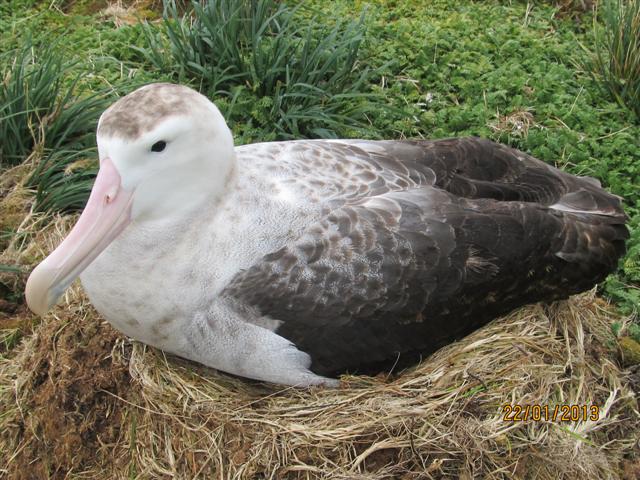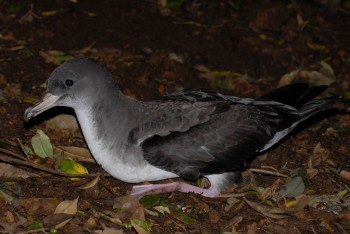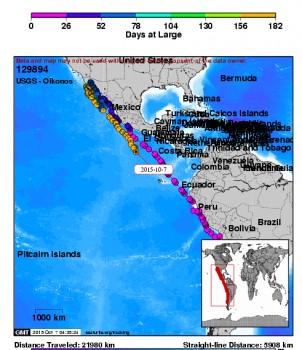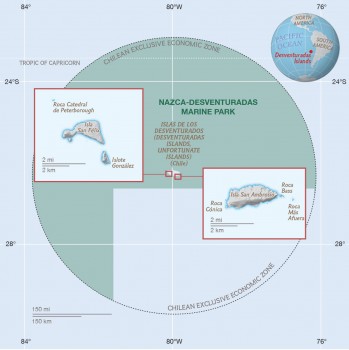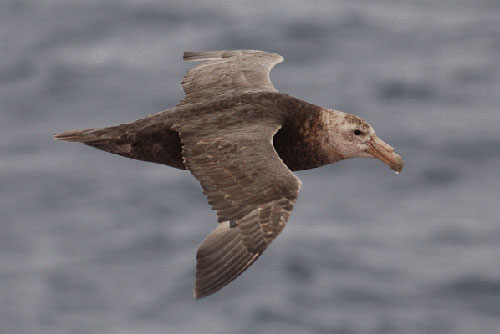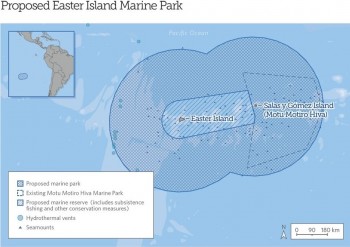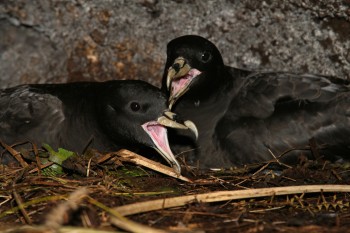Marie Hale (Department of Biological Sciences, University of Canterbury, Christchurch, New Zealand) and colleagues have published in the New Zealand journal Notornis on how similar genetically are the two remaining populations of Hutton’s Shearwaters Puffinus huttoni.
The paper’s abstract follows:
“Hutton’s shearwater (Puffinus huttoni) currently breeds only in 2 colonies in the Seaward Kaikoura mountains, South Island, New Zealand. Conservation measures now include re-locating young to establish a new low altitude colony. To assess the genetic similarity of birds breeding in the 2 colonies as a basis for decisions on sourcing recruits to the present and potentially other new colonies, we genotyped 9 microsatellite loci, with 3-13 alleles, in 30 birds from the Kowhai River catchment colony and 29 from Shearwater Stream. There was no significant population genetic differentiation between the 2 sampling locations. Our results suggest that there would be little genetic risk to mixing birds from both relict colonies in newly established colonies. Future analyses of the former distributions of Hutton’s shearwater, the fluttering shearwater (P. gavia), and the extinct Scarlett’s shearwater (P. spelaeus) will require an analysis of the levels of genetic similarity between birds from the relict colonies and those of former, widely separated colonies.”
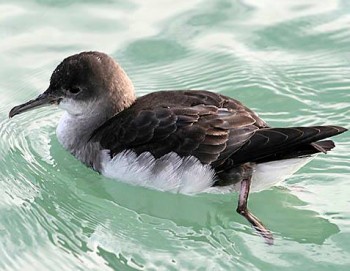
Hutton's Shearwater
Reference:
Hale, M., Harrow, G., Bradfield, P., Cubrinovska, I. & Holdaway, R.N. 2015. Genetic similarity of Hutton’s shearwaters (Puffinus huttoni) from two relict breeding populations. Notornis 62: 130-134.
John Cooper, ACAP Information Officer, 12 October 2015

 English
English  Français
Français  Español
Español 